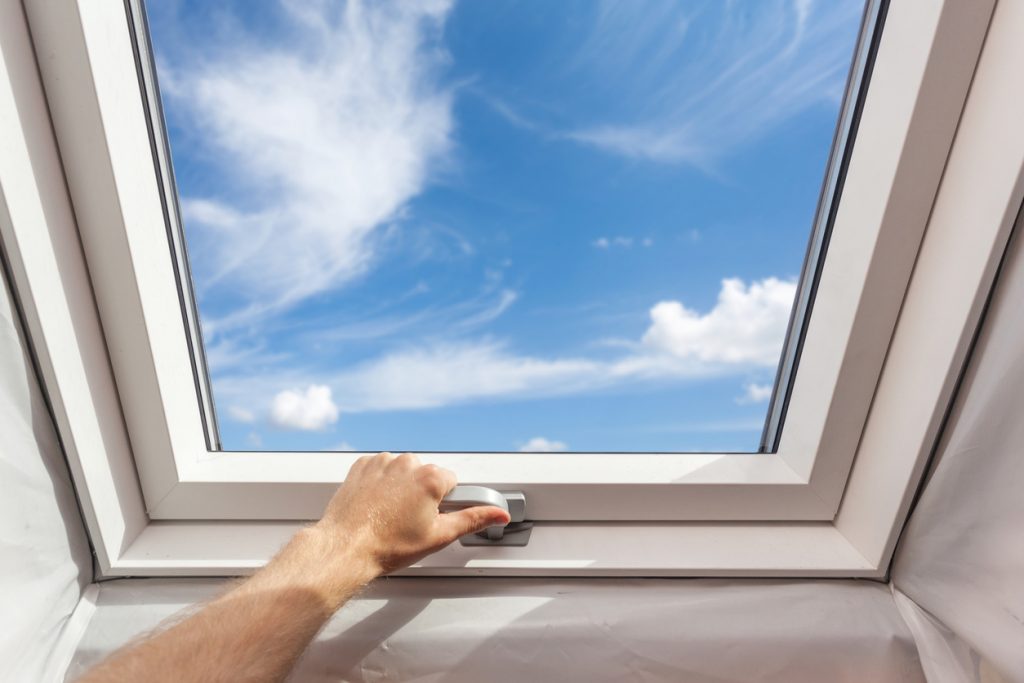
Skylights are an excellent addition to homes, of course. However, in commercial properties, they can be even more beneficial. While the environmental and energy-saving benefits are well-known, skylights also bring life to any location and improve the physical and mental wellness of everyone within.
A skylight isn’t “just a skylight.” There are actually many types and styles out there. Learn more about the options and discover which might be best for your building.
Common Skylight Styles
- Curb Mount – Curb mounted skylights refer to the frame that is built to house the lights. The frame is raised and the skylights will attach directly to it. Installing skylights is a relatively quick process. Most of the installation time and effort is spent on building the frame (or curb.) Using curb mounting is a comparatively affordable way of adding skylights to a property.
- Seamless Self-flashing Units – Seamless Self-flashing (SSF) skylights are an alternative to curb mounted lights. These do not require that a curb be built before installation, making them a fast and easy installation. Due to the pre-built nature, there may not be as many options available in these units as with curb mounted units, for example.
- Tubular Skylights – Tubular skylights are a compact option, ideal for areas where there may not be as much ceiling or roof space that can be dedicated to a skylight. These are tube-shaped and have the benefit of being able to be adjusted or angled to shift the sunlight to different areas of the room if desired. This style of skylight is appreciated more for its practicality than its sense of style.
- Architectural Skylights – On the other side of the spectrum are architectural skylights. This type of skylight still brings in light, of course, but significant effort is put into the overall stylistic picture. Imagine a huge foyer with dozens of skylights set into a particular design or pattern. Several options available can achieve this effect, from a lightweight metal frame structure to engineered architectural cluster designs.
Important Skylight Considerations
- Fixed vs. Ventilating – Fixed skylights have no moving parts. They do not open, but they still work to let in sunlight from the outdoors. On the other hand, ventilating or vented skylights have sashes, similar to a vertical window, so they can be opened to let in the fresh air too.
- Metal Framed vs. Solid-state Aliphatic Polyurethane Frame – Metal framed skylights are the “standard” style of skylights. While these work in many environments, there are certain types of roofing material that make them more of a challenge. Sold-state aliphatic polyurethane frames are a newer option that can be installed on any roofing material. They are the most durable and leak-proof options on the market today.
- Glass vs. Polycarbonate Light – Glass is the classic window material. It is aesthetically pleasing and lets in plenty of light. Polycarbonate skylights are just as effective at letting in light but cannot endure UV light and extreme weather conditions as well as glass. Glass has the best options for many diverse applications. Glass skylights can also provide long term warranties and fall protection.
No matter which type of skylight you choose for your property, the goal is met of bringing the natural lighting and beauty from the outside, inside. You, and everyone else who shares your space, are sure to appreciate the many benefits for years to come.